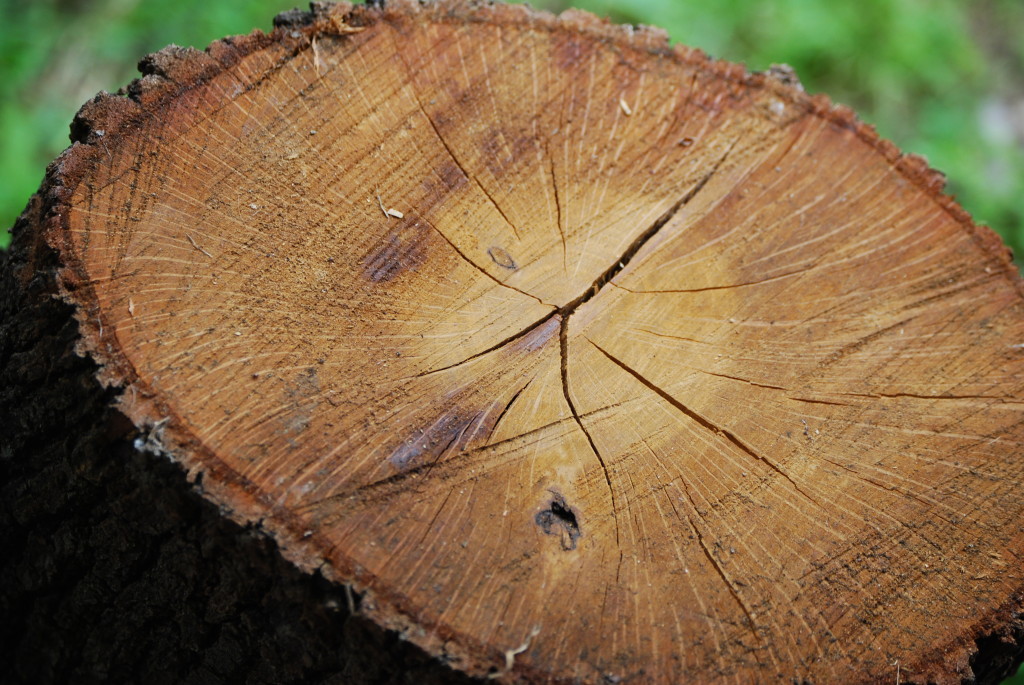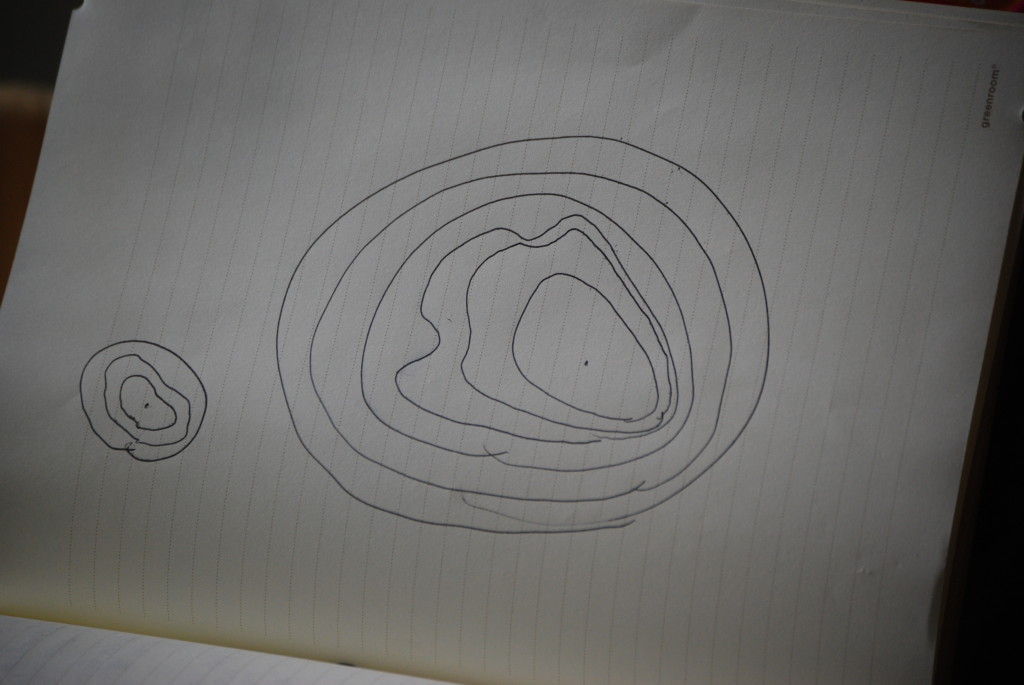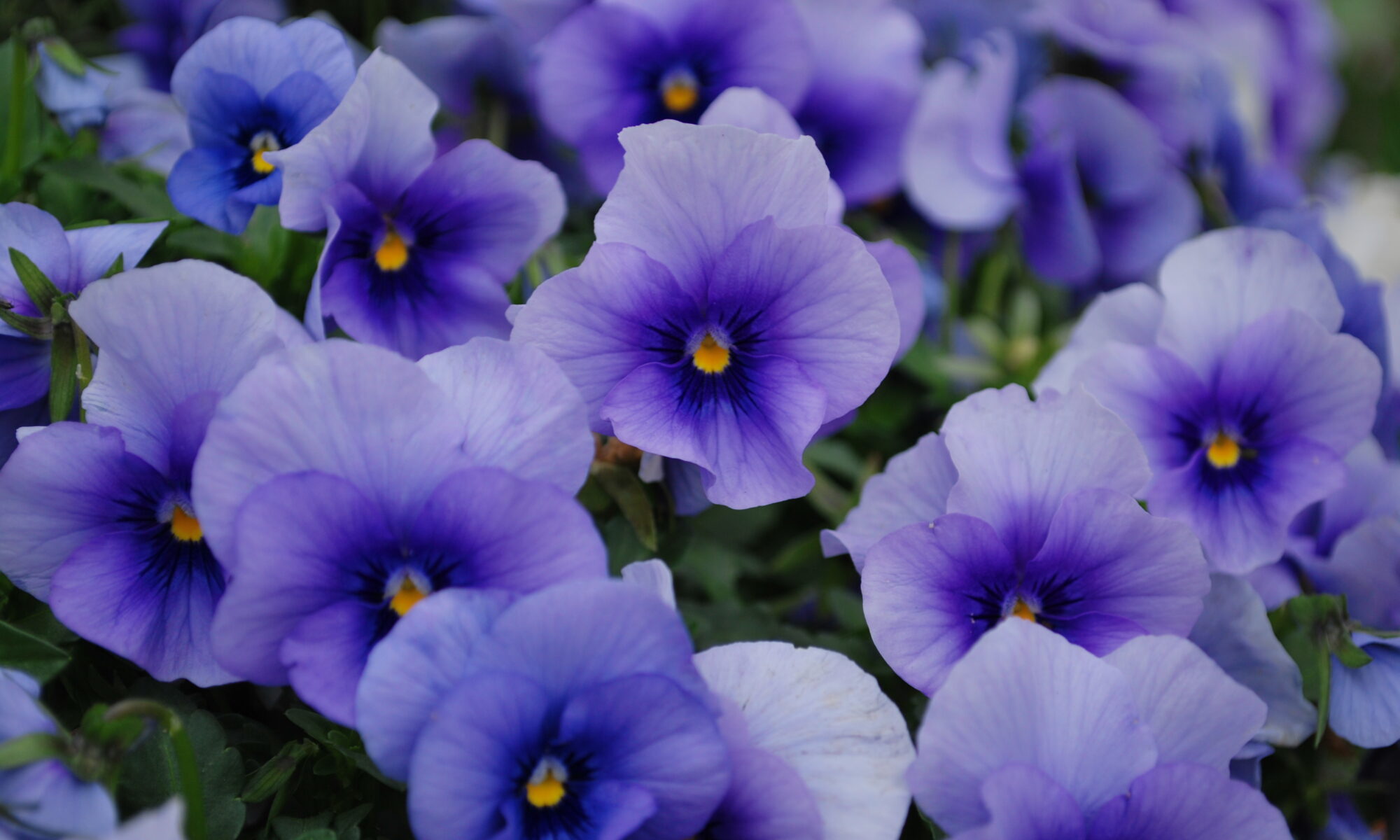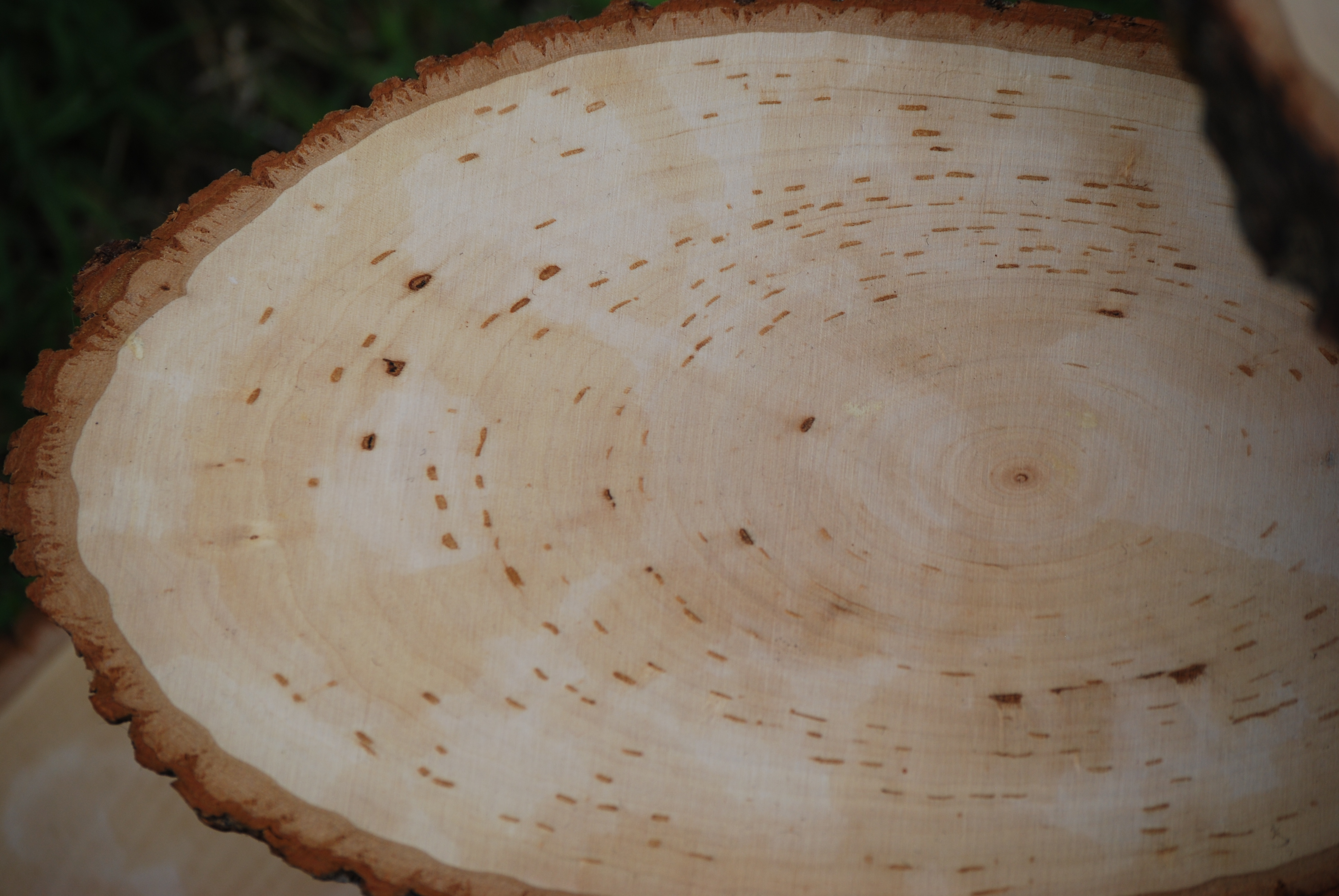I recently did a therapeutic horticulture program with a group of women who are from Afghanistan and clients of a local social services organization serving resettled refugees. On this rainy day, we gathered in the one-bedroom apartment of one of the women. Some of us sat on the floor, while others sat on couches. Our hostess passed around cups of hot tea and cookies. A couple of children played around us while we visited with each other. We communicated via a translator, gestures, and lots of smiles.
To start the session, I passed around some of my favorite sensory plants – lavender, pineapple sage, basil, lemon balm, lamb’s ear, mint, among other – and explained about what I do in my job. I talked about how plants and nature benefit us in many different ways – from lowering stress and anxiety to improving our mood and encouraging physical movement. The group made lavender sachets to keep.
The conversation transitioned to hobbies because gardening is a favorite American pastime, and I asked the group about their hobbies.
Then, to deepen the conversation, I talked about one of the reasons that I like to tend to my garden. I explained that I look to nature to provide perspective on my life. One example is the changing of the seasons and the cycle of life, death, and rebirth – as seen through the lush foliage of summer, followed by the falling of autumn leaves, to the dormancy of winter, then to the first buds of cherry trees and other spring flowers, and back again. How can you relate to the cycle of life to your personal experience?
Then I started talking about trees.
 Have you ever taken a look at the cross section of a tree? There are a bunch of rings, and if you count them, you can determine the age of the tree. And if you look closer, each ring is slightly different. Sometimes the rings are really close together. Other times the rings are further apart. Sometimes there are blemishes in the rings, and other times they are misshapen.
Have you ever taken a look at the cross section of a tree? There are a bunch of rings, and if you count them, you can determine the age of the tree. And if you look closer, each ring is slightly different. Sometimes the rings are really close together. Other times the rings are further apart. Sometimes there are blemishes in the rings, and other times they are misshapen.
Why are the rings different from year to year? Well, some years the plant receives all the water, nutrients, sunlight, and other things that it needs in order to thrive – those are indicated by the “healthy-looking” or further spaced rings.
Other years, the rings are close together. That may indicate that the tree didn’t receive all the “goodies” it needed to grow vigorously.
Still other years, the rings may have blemishes or are oddly shaped. That may be due to diseases or insect pests that attacked the plant and affected it. Or, maybe there was a fire that scorched one side of the tree. Or, perhaps someone used a string trimmer around the tree and accidentally nicked the bark of the tree.

Each ring tells a different story for each year of the tree’s life. Some years were great, and the tree grew and flourished. Some years weren’t so good, when it appears that the tree struggled. Sometimes that indicates that the tree may have succumbed. Or sometimes it shows how the tree, resilient as it is, made it through the challenges and came out on the other end, still bigger than it was the year before.
I have to admit that when I started this last part of the conversation, I could feel a shift in the mood of the room…to a quieter, more reflective mood.
Consider how each of us handle challenging situations. One person may be easily angered when encountering a tough situation and react loudly or in an outward fashion, where people nearby may notice immediately. In the same type of situation, another person may be quiet and prefer to handle her emotions internally, with or without others noticing. I relate that to walking through a forest.
If you look at a forest, there is a wide variety of trees and other plants. Some trees grow up big and tall, reaching for the sun. Some trees are smaller and prefer to be in the understory, shaded by the other trees. No one tree is “better” than the other. They just grow that way and have unique individual responses to their environment. Each tree has a different story to tell. And shouldn’t we celebrate their differences?

